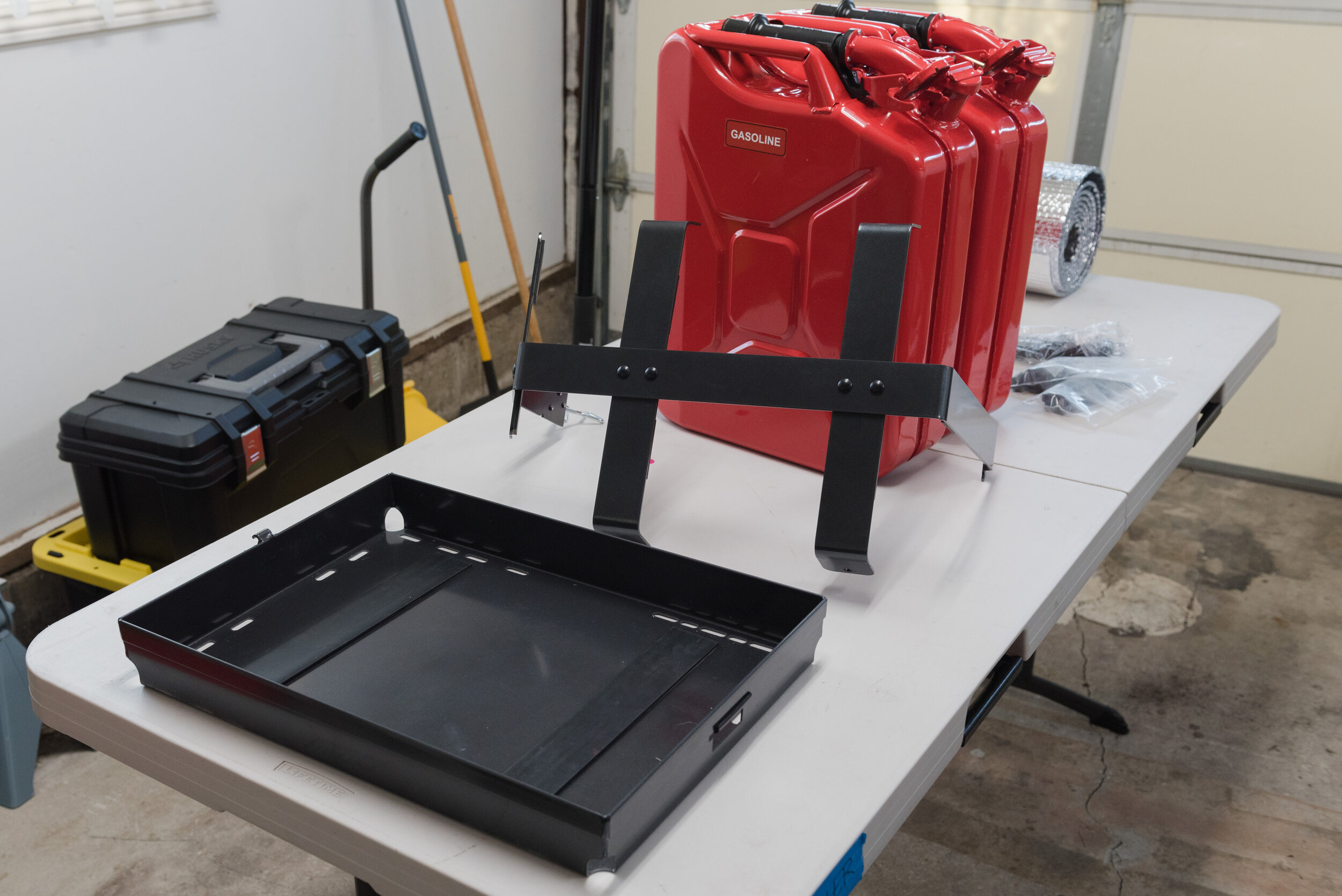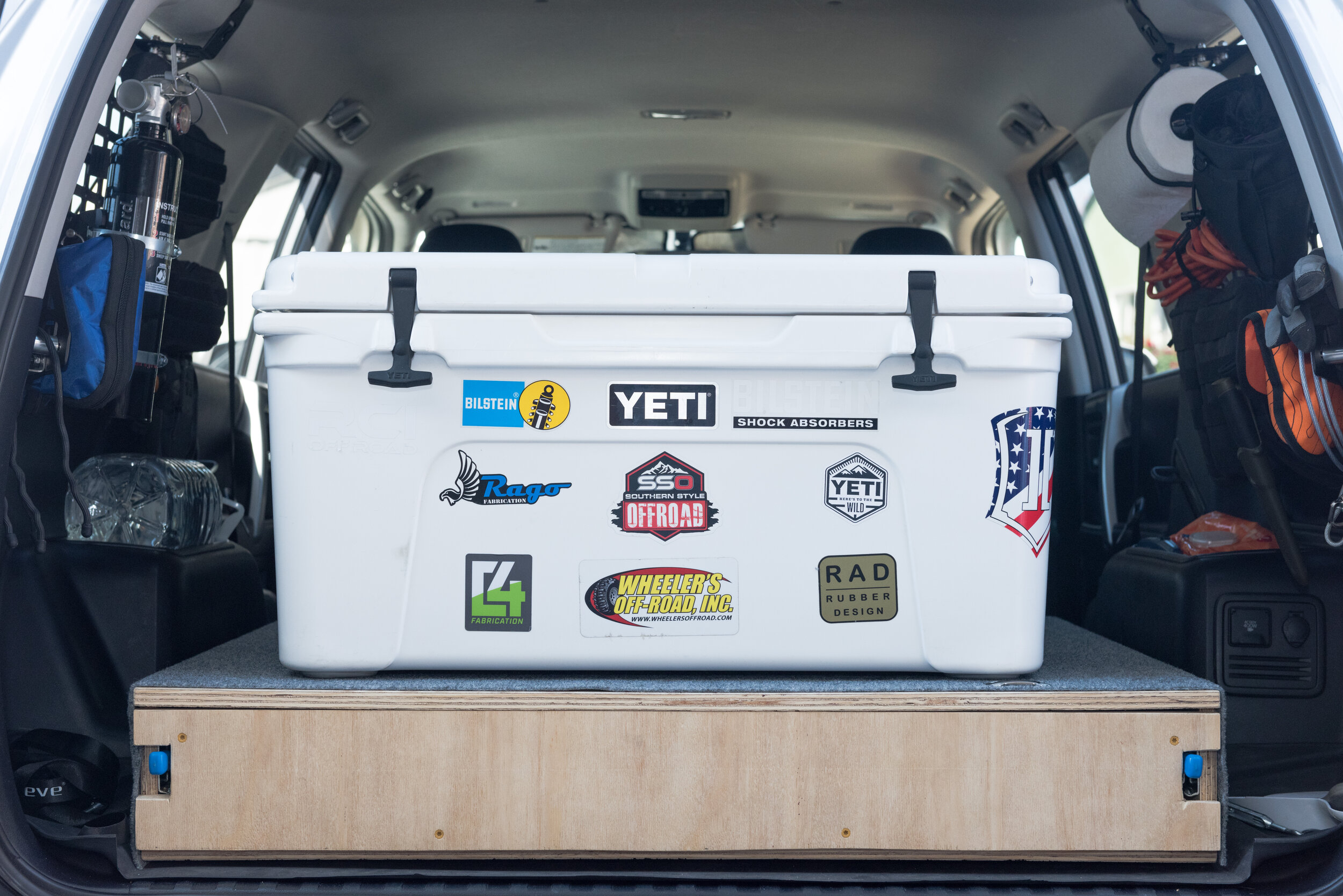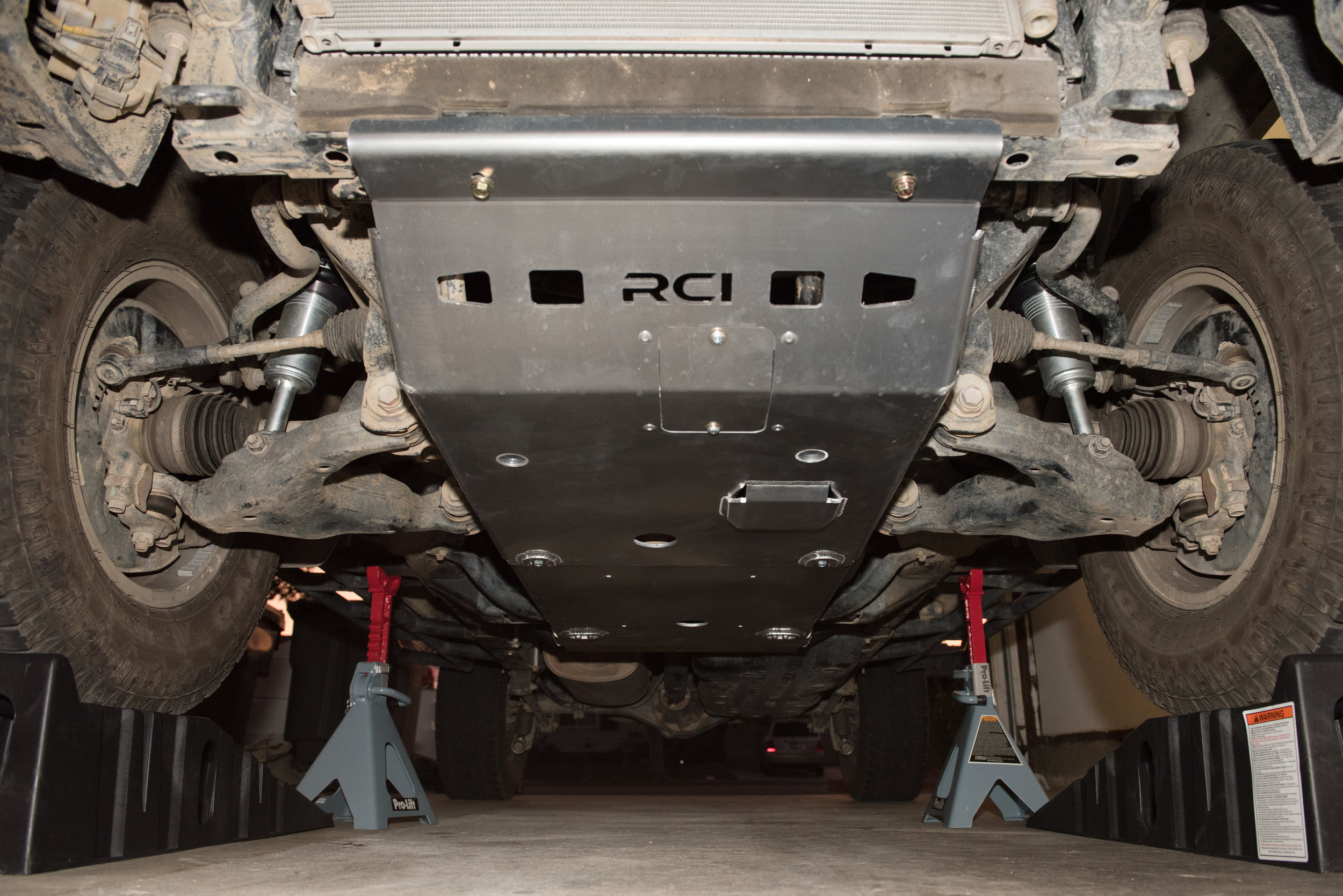90% of the time I plan on offroading solo. At this point in time I am not involved in any overlanding groups nor have many peers equipped to go offroad. I’ve been in the process of pulling together recovery gear to keep on the 4Runner. I don’t have a complete kit yet, but it’s coming along! One piece of gear I wanted to include were traction recovery boards - especially since I don’t plan on adding a winch any time soon. Traction boards are used when a wheel (or wheels) cannot gain traction (i..e. stuck in sand or mud). I have avoided encountering such scenarios due to previous experiences of myself or other friends getting stuck in the sand with their 4WD vehicles in the past. Definitely hate digging out vehicles!
After researching for a few weeks I decided on purchasing a set of MaxTrax MKII Recovery Boards and MaxTrax Mounting Pin set from Battle Born Offroad. Note that the recovery boards are sold in pairs, and each pair comes with their own set of leashes - you do not need to buy additional leashes. The total came out to $315 shipped, which was almost 10% less than another offer I found online. There were a couple other alternatives I was looking at online, but I concluded on the MaxTrax because:
Raving positive reviews - tested and proven.
Mounting pins allow a TSA-style lock, or cable lock, to secure recovery boards.
Mounting setup allow four MKII boards to be stacked atop each other in a very compact fashion (unlike most other options).
After receiving the boards I needed to devise some way to mount them to my Southern Style Offroad Full Length Roof Rack, which uses extruded aluminum crossbars. There are ready-made mounting options out there that cost $100+, but I’m cheap and would rather fabricate my own mount than purchase one. Plus, most mounting options are made of steel - I wanted non-corroding aluminum. So here’s the build!
Necessary items:
1”x36”x1/8” Aluminum Flat Bar (~$7.00)
Four 1 1/4”, 1/4-20 stainless steel socket stud (~$3.00)
Sixteen 1/4” stainless steel washers (~$4.00)
Four 1/4” stainless steel hex nut (~$2.50)
Four 1/4” stainless steel nylon lock nut (~2..50)
Four drop-in t-nuts (~$6.00 not incl shipping)
Drill with 1/4”, 1/2” and 7/16” drill bits
Hacksaw with metal cutting blade (or something to cut aluminum bar to length)
Deburring tool
Steps:
NOTE: My original intent was to mount them on the 3” crossbars, but after measuring the cartop carrier we will likely use in the future, I had to mount to the 2” crossbars.
Use hacksaw to cut two 13” segments out of the aluminum flat bar - the remainder is scrap metal.
Drill holes into aluminum bars - in total, each bar will have four holes. Protip: tap and pre-drill holes using 1/4” drill bit. Also, use a deburring tool to remove aluminum burs.
Drill one 1/2” hole approximately 1 3/16” into each side (towards center) of each bar. These holes will be for the MaxTrax Mounting Pins.
On each aluminum bar, drill one 7/16” hole at 6.5” (center of bar). Drill one additional 7/16” hole either 1” above or below the center. These holes will be used to mount to the roof rack’s extruded aluminum crossbars.
Install MaxTrax Mounting Pins onto aluminum bars such that the movable portions of the pins lock orthoganal to the bars.
Drop in four t-nuts into the crossbar of choice. Based on my current rack configuration (and plan to use a rooftop cargo carrier), I chose to install it on the second-to-last 2” crossbar before the sharkfin antenna.
Lightly screw-in one stud to each t-nut. Add two flat washers (I used them as spacers) and a hex nut to each stud. Add aluminum mounts with MaxTrax Mounting Pins. Move mounts to where you want them on the roof rack - I chose to center them.
Tighten the stud into place with an Allen wrench, then tighten the hex nut into place with a 7/16” deep socket. The t-nut, washers, and hex nut will sandwich the extruded aluminum crossbar so the mounts don’t move.
Add one flat washer atop the hex nut on the stud. Install aluminum bar with MaxTrax Mounting Pins. Add one more flat washer, then one nylon lock nut to each stud. Tighten down with 7/16” deep socket.
Place MaxTrax MKII and enjoy.
For a little over $20 in parts… this was not a bad project :).
Conclusions and Recommendations:
Over time the brackets have bent/twisted backwards towards the rear of the vehicle(as a result of the traction boards lifting while I am driving. If I had my way I’d double up on material to reinforce - but I’m too lazy.
Had the hardest time finding these, but bought a few TSA-style locks to discourage would-be thieves.




























